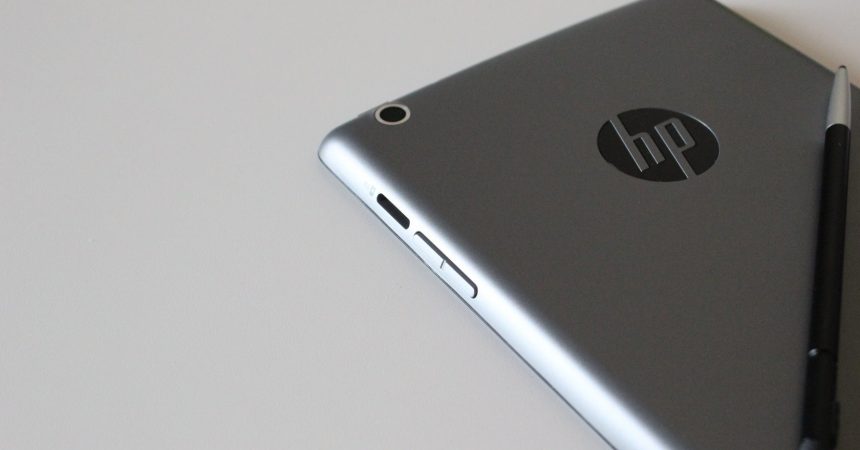HP Slate 7 Extreme Review
Numerous manufacturers had already announced their intent to create their version of the Tegra unit, with the basic components of a Tegra 4, a 1 gb RAM, and a 1280×800 display, among others. The HP Slate 7 Extreme is one such unit that has the same features as the EVGA Tegra Note 7, also known as the first Tegra Note 7 device in the market.
The specifications of the Slate 7 Extreme include the following: a 7-inch 1280×800 IPS display with DirectStylus input; a 1.8GHz quad core Tegra 4 processor; Android 4.2.2 operating system; a 1gb RAM; 802.11 b/g/n wireless; microSD card slot, a headphone jack, and a microUSB port; a 16gb storage; 4100mAh battery; 5mp rear camera and 1.3mp front camera; and dimensions of 200mm x 120mm x 9.4mm. The device weighs 0.70 pounds and costs $199.
Build and Hardware
The build of the Slate 7 Extreme is something that is distinctly HP; there’s no way that you would mistake it as an NVIDIA Tablet. Insted of the black Tegra Note found in the EVGA model, the HP model has a gray backing that looks cleaner. It also seems to be sturdier, and the buttons actually feel better to use. The power button in the EVGA model is located above the camera hump, making it difficult to find. In comparison, the power button in the Slate 7 Extreme is located higher than that, so it’s easier to see.
The layout of the other buttons in the Slate 7 Extreme is similar as most Tegra Note devices.
- At the top is the 3.5mm headphone jack, microUSB port, miniHDMI, and power button.
- At the right is the microSD card slot and the volume rock.
- At the bottom is the stylus bay, slot for TN7 cover, and bass reflex port.
- No buttons on the left side because the cover spine runs on the entire area.
The speakers are located in front, at the top and bottom of the device, while the rear camera is in the top left corner of the back portion.



The stylus of the TN7 and the S7E and easily differentiated from each other. NVIDIA’s styli have two styles: one has a rounded tip (shipped with the EVGA model) and the other has a chiselled tip. The rounded tip is more versatile because it can be twisted to change the width. Meanwhile, the S7E has a rounded-rip stylus that is much smaller, called the DirectStylus Pro. It’s preferable because it is more comfortable to use.

In terms of display, the S7E also wins. HP has optimized the output of the panel, resulting in a brighter display and with better color reproduction. The text also look crisp and clear.
Software and Performance
If the build quality of the S7E is excellent, the software tells a different story. Here’s why:
- Android 4.3 update is still not used in the device even though it was available a month ago (on December 26). We’re hoping that the delay is because the S7E has not yet launched when the OTA of the Tegra Note 7 rolled out.
- Bundled apps are used, including the HP File Manager, Connected Photo, and ePrint.
- It also has a bundled software such as Skype and Adobe Reader on top of the NVIDIA software such as Tegra Draw, Tegra Zone, etc. In short, the S7E is more bloated than the TN7, though it is still not as worse as the software bloat of other devices.
- The dock in S7E supports only four icons versus the six supported in the TN7.
In terms of performance, the S7E is performing excellently. It is similar to the performance of the TN7, which is great.
The verdict
The HP Slate 7 Extreme is easily comparable to the EVGA Tegra Note 7, even without the Android 4.3 platform. It has a better build quality and display, and the overall experience provided by the device is truly remarkable. The prices of the two devices are the same, so the S7E is easily a more preferable option than the EVGA model.
What do you think of the HP Slate 7 Extreme?
SC
[embedyt] https://www.youtube.com/watch?v=sSeRj3CCWMw[/embedyt]

